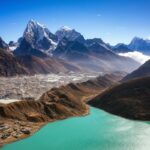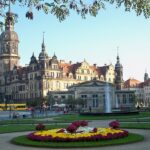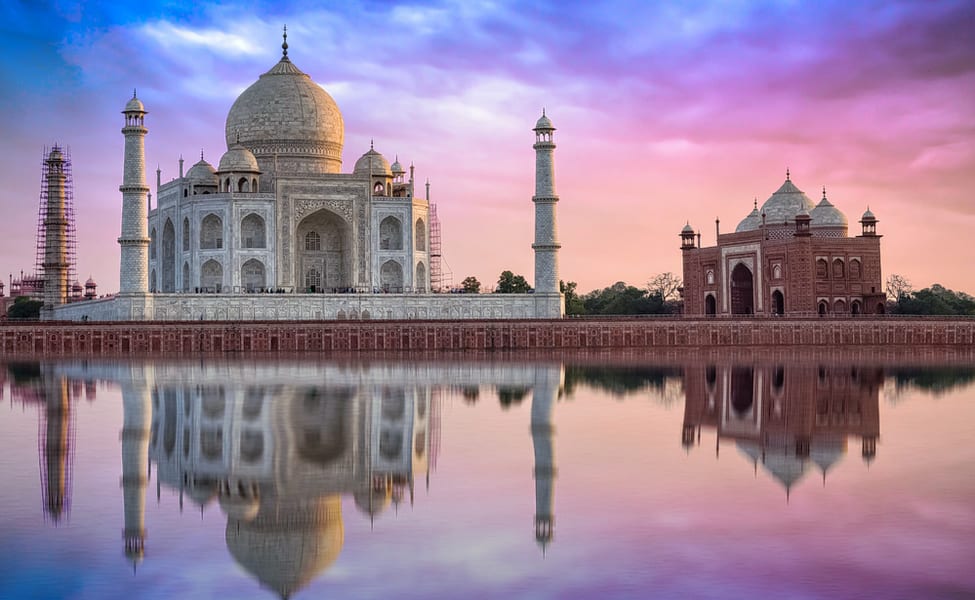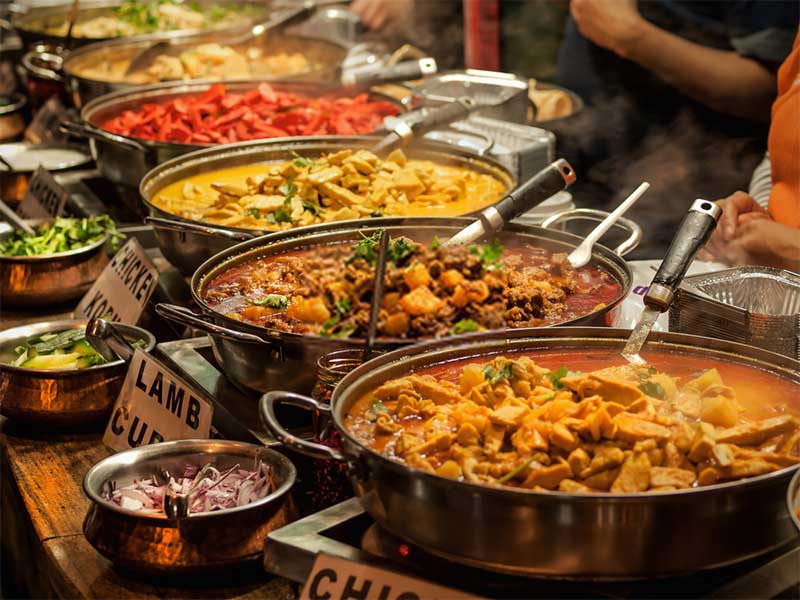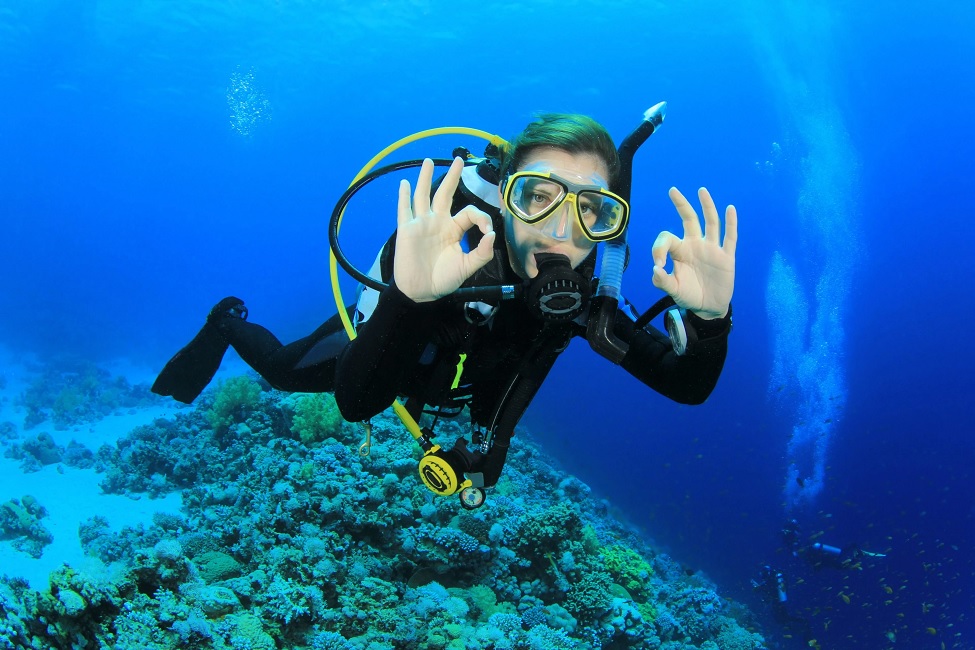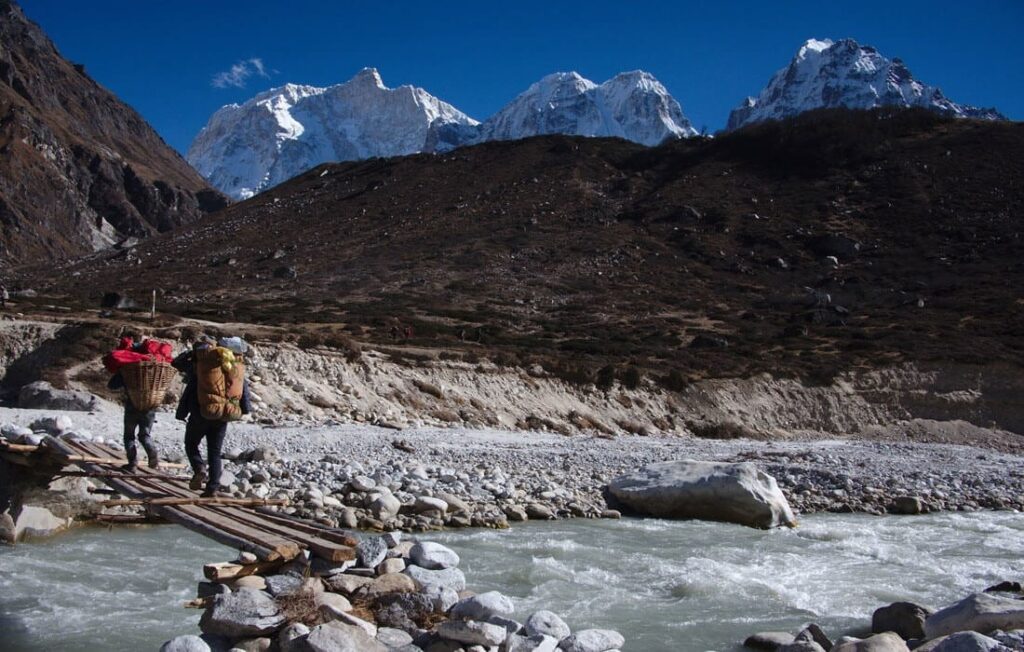
Kanchenjunga Trekking: An Adventure of a Lifetime
When it comes to trekking adventures in the Himalayas, the Kanchenjunga Trek stands out as an unparalleled experience. Nestled in the eastern part of Nepal, Kanchenjunga, the world’s third-highest mountain, offers trekkers a chance to immerse themselves in breathtaking landscapes, diverse cultures, and a challenging journey. In this article, we will take you on a virtual tour of the Kanchenjunga Trek, exploring its highlights, challenges, and why it should be on every trekker’s bucket list.
The Kanchenjunga Region: A Glimpse of Paradise
Nestled between Nepal and the Indian state of Sikkim, the Kanchenjunga region is a natural wonderland. The trek offers a glimpse of lush forests, pristine rivers, and diverse flora and fauna. As you ascend higher, the landscapes change dramatically, from subtropical forests to alpine meadows and eventually, the rugged terrain near the base camp.
Preparing for the Adventure
Before embarking on the Kanchenjunga Trek, thorough preparation is essential. Ensure you have the necessary permits, gear, and a well-trained guide to navigate the challenging terrain. Physical fitness is crucial, as you will be walking for several days at high altitudes.
The Trekking Routes
- The Kanchenjunga Base Camp Trek: This is the classic route that takes you to the base camp of the mighty mountain. It offers a mix of natural beauty and cultural experiences.
- The Kanchenjunga Circuit Trek: For the more adventurous trekkers, this route circumvents the entire mountain, providing an in-depth exploration of the region’s diversity.
- The North and South Base Camps: Trekkers can choose between the north and south base camps, each offering unique perspectives of the mountain and the surrounding landscapes.
Cultural Encounters
One of the highlights of the Kanchenjunga Trek is the opportunity to interact with the local communities. The region is home to several ethnic groups, including the Limbu, Rai, and Sherpa people, each with their own rich traditions and languages. You can stay in traditional teahouses and immerse yourself in their way of life.
Challenges on the Trail
Trekking in the Kanchenjunga region is not for the faint-hearted. The terrain is rugged, and altitudes can reach over 5,000 meters. Trekkers must be prepared for unpredictable weather conditions and remote areas with limited facilities. Altitude sickness is a real concern, so acclimatization days are built into the itinerary to ensure trekkers’ safety.
Key Takeaways
- Spectacular Natural Beauty: The Kanchenjunga Trek offers trekkers a chance to immerse themselves in the stunning natural beauty of the Himalayas, from lush subtropical forests to rugged alpine terrain.
- Cultural Immersion: Interact with diverse local communities, including the Limbu, Rai, and Sherpa people, and stay in traditional teahouses to experience their unique way of life.
- Physical Preparation: Adequate physical preparation and acclimatization are crucial for the challenging terrain and high altitudes of the Kanchenjunga region.
- Biodiversity Hotspot: The region is a biodiversity hotspot, offering opportunities to spot rare wildlife species and enjoy birdwatching amidst lush forests.
- Adventure of a Lifetime: The Kanchenjunga Trek is an adventure that combines natural wonders, cultural richness, and physical challenge, leaving trekkers with lasting memories of the Himalayas.
Flora and Fauna
The Kanchenjunga region is a biodiversity hotspot. Trekkers can spot rare wildlife species like the snow leopard, red panda, and Himalayan tahr. The lush forests are home to a variety of bird species, making it a paradise for birdwatchers and nature enthusiasts.
Beyond its natural beauty and cultural richness, the Kanchenjunga Trek also provides trekkers with a profound sense of accomplishment. Completing this trek is not just about conquering one of the world’s highest peaks but also about conquering personal limits. It’s about pushing your physical and mental boundaries, learning to adapt to the challenges of high-altitude trekking, and embracing the rewards that come with it.
The Kanchenjunga Trek is not merely a journey; it’s a transformative experience. It’s a chance to disconnect from the hustle and bustle of everyday life and reconnect with nature and oneself. As you navigate the rugged trails, breathe in the crisp mountain air, and forge connections with the local communities, you’ll find a sense of peace and fulfillment that is truly unparalleled. This trek is a testament to the indomitable spirit of adventure seekers who dare to tread where few have gone before, and it leaves an indelible mark on the hearts and minds of all who undertake it.
Capturing Memories
Don’t forget your camera, as the Kanchenjunga Trek provides countless opportunities for stunning photographs. From panoramic mountain views to unique cultural encounters, every step of the journey is a memory waiting to be captured.
The Kanchenjunga Trek is an once-in-a-lifetime adventure that offers a blend of natural beauty, cultural richness, and physical challenge. It’s an experience that will leave you in awe of the Himalayas and the people who call this region home.
Is a permit required for the Kanchenjunga Trek?
Yes, a permit is mandatory for the Kanchenjunga Trek. Trekkers should obtain this permit through a registered trekking agency in Nepal. It’s advisable to arrange this in advance to ensure a smooth journey. The permit not only regulates the number of trekkers in the area but also helps in maintaining the fragile environment and preserving the unique culture of the local communities.
What is the best time to go on the Kanchenjunga Trek?
The best times for the Kanchenjunga Trek are spring (March to May) and autumn (September to November). During these seasons, the weather is relatively stable with clear skies and moderate temperatures. Spring offers vibrant rhododendron blooms, while autumn provides excellent visibility of the majestic peaks, making these periods ideal for a memorable trekking experience.
How physically demanding is the trek?
The Kanchenjunga Trek is physically demanding, especially as you ascend to higher altitudes. Trekkers should be in good physical condition and engage in pre-trek fitness training. The terrain can be challenging, with steep ascents and descents, so stamina and strength are essential. Adequate acclimatization is crucial to prevent altitude-related issues, so the trek itinerary includes rest days to allow the body to adjust to the high altitudes.
Are there teahouses along the trail, or do I need to camp?
Along most of the Kanchenjunga Trek routes, you’ll find teahouses that offer accommodation and meals. These teahouses provide a comfortable and convenient option for trekkers. However, if you’re seeking a more adventurous and rugged experience, camping is also possible, but it requires more planning and equipment.
What are the medical facilities like in case of emergencies?
Medical facilities in the Kanchenjunga region are limited due to its remote nature. Trekkers are strongly advised to carry a basic medical kit that includes essentials like first aid supplies, altitude sickness medication, and any personal medications. It’s also crucial to have evacuation plans in place in case of emergencies, as reaching comprehensive medical facilities can be time-consuming. Safety and preparedness are paramount to ensure a safe and enjoyable trekking experience.
